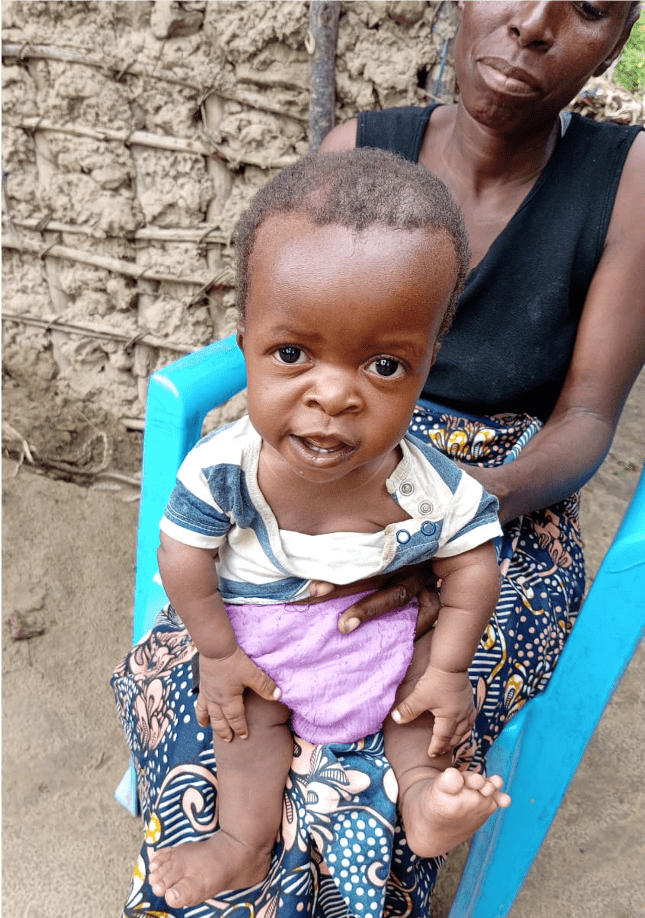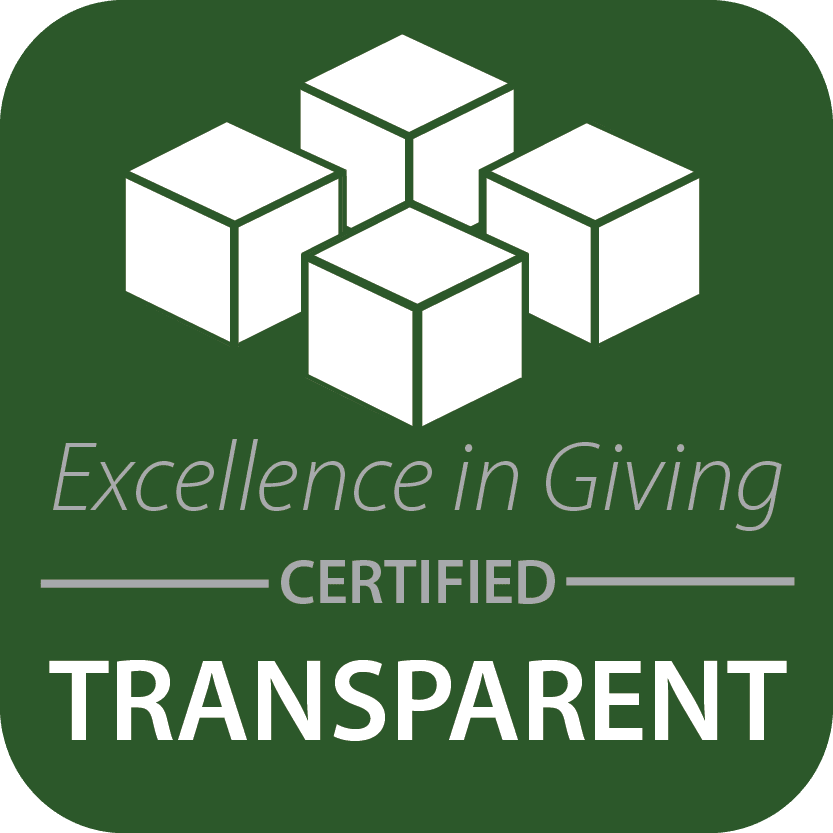Steps of Understanding: Juda’s Story
by Lauren Blair
Posted on May 20, 2025
One of the greatest impediments to supporting people with disabilities is the lack of understanding about their disability in the first place. In many low- and middle-income countries, communities attribute disability to witchcraft or a curse. That is why resources such as Kupenda’s Disability Guidebook are crucial for educating communities about the descriptions, medical causes of, and appropriate interventions for common disabilities in a format for low-literacy audiences. For children like Moses, this resource represented the difference between a life of isolation and exclusion and one of acceptance and inclusion.
Creating Disability Advocates
Like many people in his community, Moses’s father, Juda, attributed disability to supernatural causes. At times, he even found it difficult to accept people with disabilities altogether. In February 2023, however, he was invited to attend one of Kupenda’s disability advocacy workshops for Christian leaders. As a pastor, he embraced the opportunity and was surprised to learn about both the medical causes of disability and the rights of people with disabilities. As he began to review the resources he had been given, including the Disability Guidebook, he began to recognize people who had similar disabilities around him. This familiarity was particularly relevant when his son, Moses, was born the following year.
Finding Personal Applications at Home
While Moses initially had a normal birth, after three months, he started showing concerning signs, including weakness in his arms. He also presented with shortened arms and legs, bow-leggedness, spinal curvature, and breathing problems. Initially, Juda felt overwhelmed. Compounding matters, his community began to guess about the cause of his son’s disability—attributing it to possible infidelity or family planning.
Fortunately, Juda remembered information he read in the Disability Guidebook. He took Moses to the hospital, where he began to receive therapy services, assistive devices, and ongoing checkups that significantly improved his quality of life. Doctors eventually diagnosed Moses with dwarfism and spinal curvature. According to Juda,
“The knowledge I got from reading the Disability Guidebook has helped me to better care for my child and advocate for his rights. … Were it not for that, it would have been hard for me to accept my child’s condition and take care of him because of the many misconceptions surrounding disability in the community.”
In fact, information from Kupenda’s Disability Guidebook also supported him in educating others about disability. Juda stated,
“I was able to educate my relatives and neighbors about my child’s condition. I’m so much grateful for the eye-opening training and the useful resources which helped me to understand my child’s disability and its interventions.”
Stronger Together
Today, Moses’s mother is part of a Kupenda parent support group, which collaborates on an income-generating project involving chicken rearing. Together, the group meets weekly and fundraises to provide food support and encouragement to one another.
Would you help families like Juda’s better understand and support the children with disabilities in their midst? With your help, loving inclusion can become a reality in even more communities, becoming a testament to the value of all human life.
Want to keep updated on Kupenda’s work?
Follow us on Facebook, Instagram, LinkedIn, TikTok, YouTube, and X.
Learn more about Kupenda in our podcast.
Sign up for our newsletter.
Or support a child in need for just $35 / month.




Leave a Reply